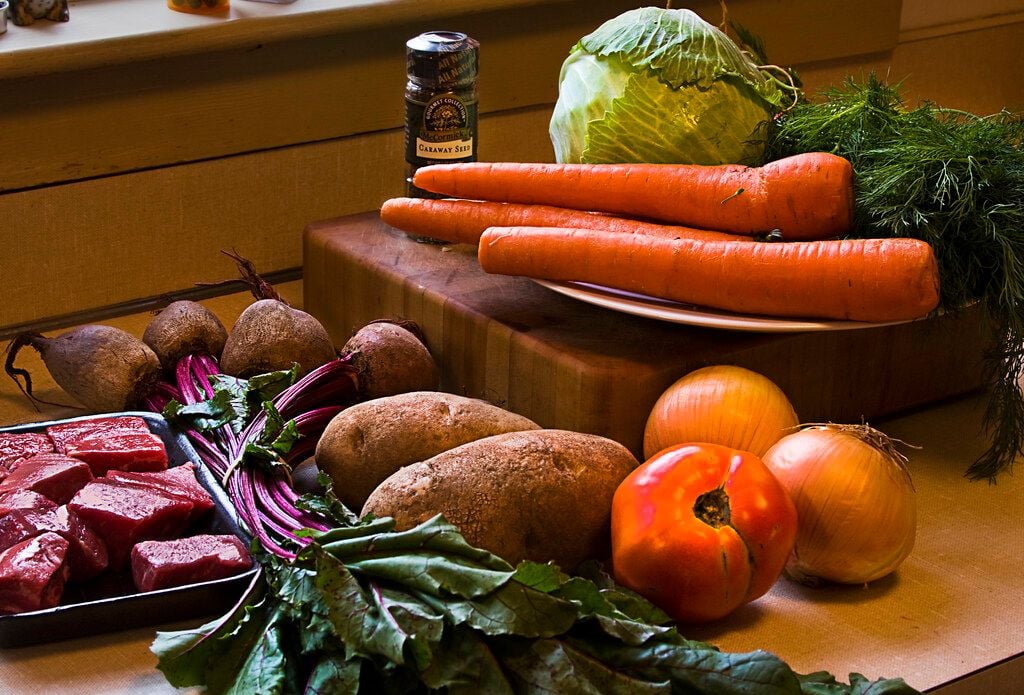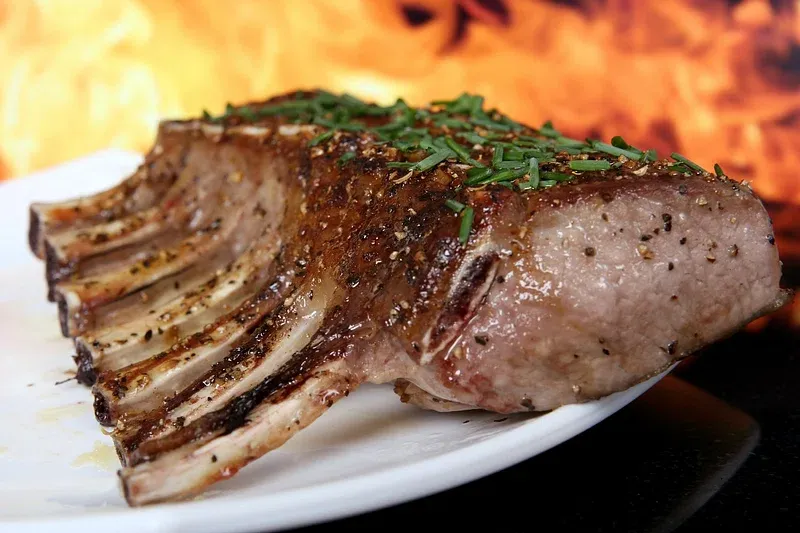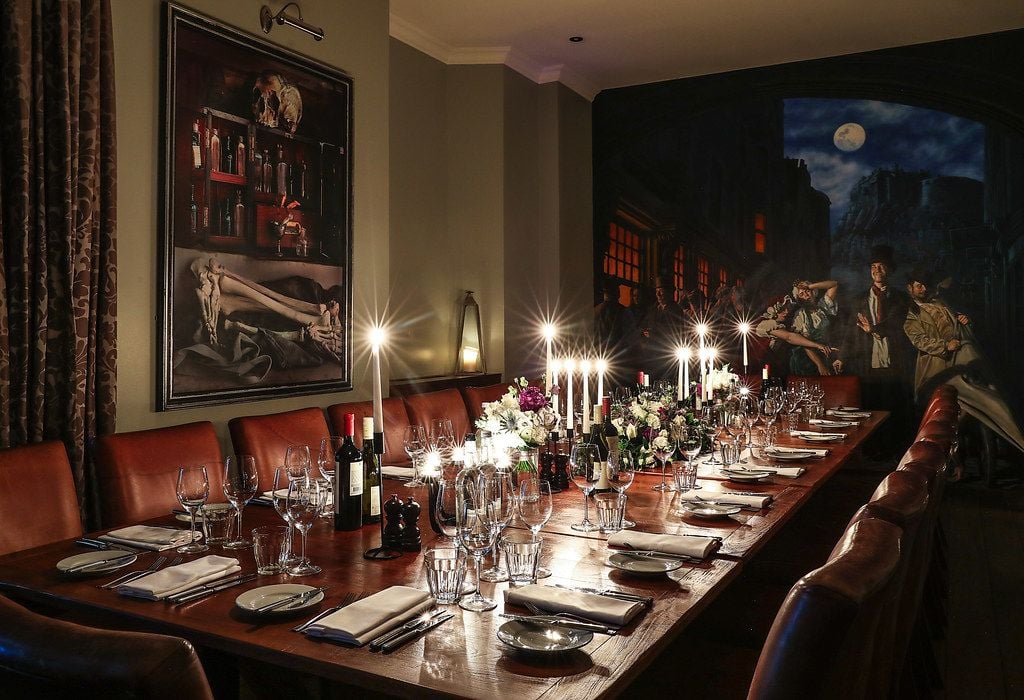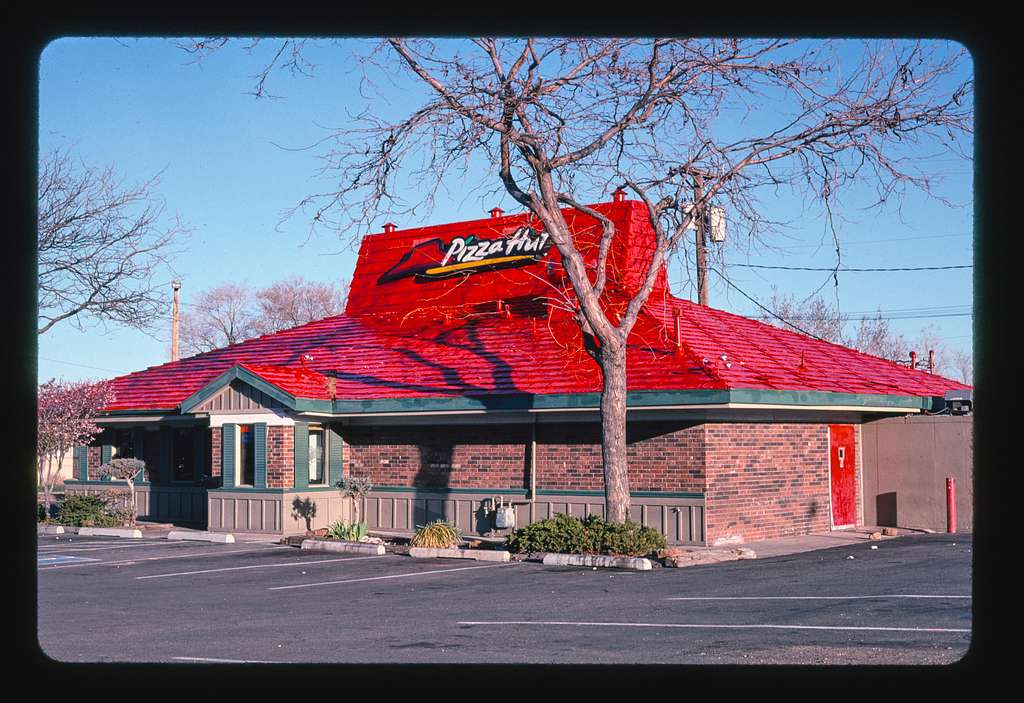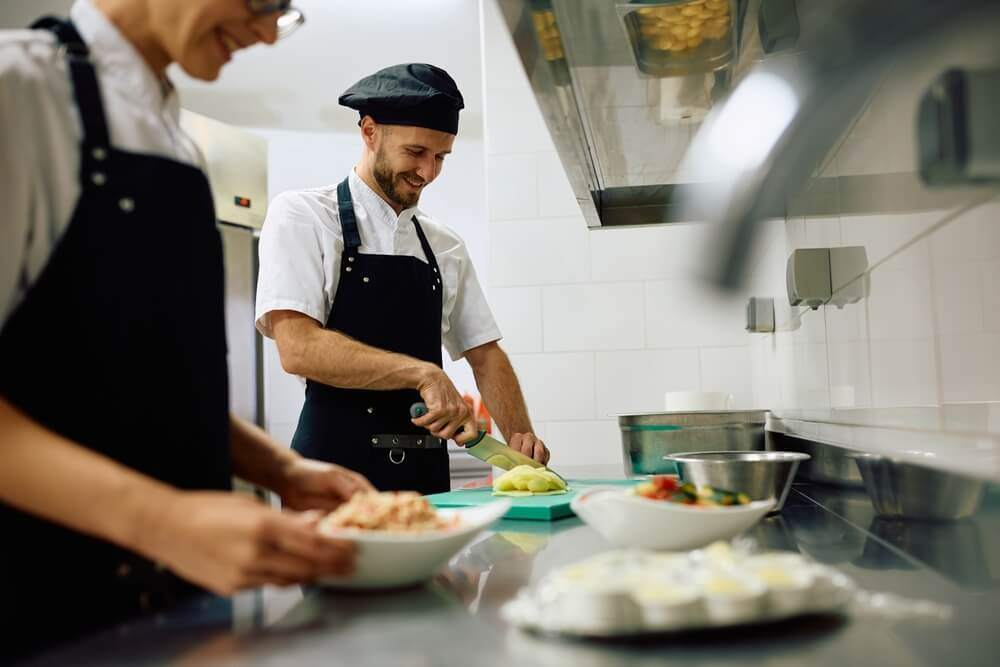
Prosecco Deep Dive: Sparkling Italian Wonder
- Apr 29, 2024
Let's clear up a common misconception: Prosecco and Champagne are not the same, not in taste and definitely not in their production methods. With that sorted, we can dive into understanding Prosecco and its allure.
Originated from northern Italy, Prosecco is a white wine hailed from the Veneto and Friuli-Venezia Giulia regions. This bubbly, dry wine is primarily made from Glera grapes and has been loved globally for its bright, crisp character packed with zesty fruity flavors, a lively body, and a refreshing finish.
The name Prosecco, which was initially the name of a village in Italy, was officially marked under the Denomination of Controlled Origin (DOC) by the Italian government in 2009. The DOC is not just a geographic marker, but a quality standard that differentiates the wine from the grape and enlists a set of rules that wineries must adhere to for their wines to be identified as Prosecco.
Nine provinces, Trieste, Gorizia, Pordenone, Udine (of Friuli-Venezia Giulia region), Venice, Belluno, Vicenza, Padua, and Treviso (of the Veneto region), are the designated regions for Prosecco production. In terms of grape blend, at least 85 percent must be Glera with not more than 15 percent allowed from other grape types.
A designation, Denomination of Controlled and Guaranteed Origin (DOCG), outlining stricter requirements is in place for premium Proseccos. Wines of this category meet DOC standards but also need to clear a quality assurance test to confirm they meet the approved local government standard.
Most Prosecco wines are either sparkling (spumante) or semi-sparkling (frizzante), with a few producers crafting still (tranquillo) Proseccos. The Glera grapes, usually harvested in early September, are valued for their high acidity and fruity scent, making an exceedingly refreshing wine with around 11-12% ABV.
Prosecco distinguishes itself from Champagne through its fermentation process. Rather than undergoing the traditional Champagne method of fermentation in individual bottles, Prosecco uses the Charmat or tank method where the secondary fermentation occurs in stainless steel tanks. This process, which takes only a few weeks as opposed to several months or years, results in a younger, brighter wine. Consequently, Prosecco is less expensive than Champagne as this method limits production costs.
Various Prosecco styles are available in the market. Residual sugar content-remaining sugar after fermentation-determines how sweet a Prosecco is. This content can range from extra brut (dryest) to demi-sec (sweetest). Though many Proseccos are sweeter than traditional Champagnes, the fruity flavors can elevate the sweetness perception.
The exciting union of quick fermentation and Glera grapes contribute to Prosecco’s unique characteristics-flavors like apple, honey, melon, and peach with floral aromatics. Choosing between Prosecco and Champagne boils down to taste preference, occasion, and budget. Prosecco’s reasonable price and fresh, appealing flavors make it a casual, daily delight. So, when the craving for a simple luxury strikes, savor a bottle of Prosecco.


